Everything you eat touches something first.
Your food has a long history of contact before it lands in your mouth – from factory equipment to kitchen counters to the plate it’s served on. All these surfaces can either keep your meal safe or turn it into a bacterial playground.
Let me walk you through what food contact surfaces are, why they matter, and how to keep them from making you sick. (Without making you too paranoid to eat anything ever again)

What Are Food Contact Surfaces and Why Should You Care?
Food contact surfaces are exactly what they sound like – any surface that touches your food during its journey from production to your plate.
This includes:
- Kitchen tools (knives, spatulas, cutting boards)
- Equipment parts (mixer blades, food processor bowls)
- Storage containers (Tupperware, glass jars)
- Packaging materials (plastic wrap, foil)
- Serving dishes (plates, bowls)
- Even your hands and gloves (yep, they count too)
Food safety experts consider these surfaces critical control points in preventing foodborne illness. Why? Because bacteria, viruses, and chemical contaminants can easily transfer from dirty surfaces directly to your food.
Think about it: You could start with perfectly safe ingredients, but if you prepare them on a cutting board that hasn’t been properly cleaned after raw chicken… hello, food poisoning!
The Materials Matter
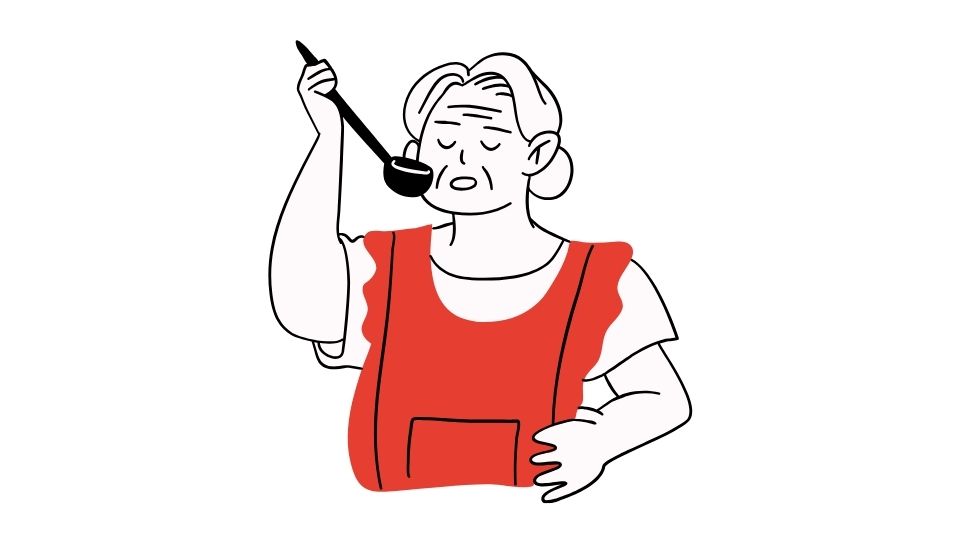
Not all materials are created equal when it comes to food safety. Good food contact surfaces are:
Food-Safe Materials
The most common approved materials include:
- Stainless steel (the gold standard for commercial kitchens)
- Food-grade plastics (look for the recycling symbol with numbers 1, 2, 4, or 5)
- Glass and ceramics (generally safe but watch for lead in older items)
- Certain woods (hardwoods like maple for cutting boards)
- Silicone (for spatulas, baking mats, etc.)
Each material has pros and cons. Stainless steel is durable and easy to sanitize but expensive. Food-grade plastics are affordable but can scratch and harbor bacteria. Wood has natural antimicrobial properties but requires more maintenance.
What Makes a Good Food Contact Surface?
The ideal food contact surface is:
- Non-porous (no little holes for bacteria to hide in)
- Non-absorbent (doesn’t soak up food, liquids or odors)
- Smooth (no cracks or crevices where food can get trapped)
- Durable (won’t break down when cleaned repeatedly)
- Non-reactive (doesn’t chemically interact with food)
- Easy to clean (because if it’s hard to clean, it probably won’t get cleaned properly)
These characteristics aren’t just preferences – they’re actually required by health departments and regulatory agencies like the FDA for commercial food operations. For home cooks, following the same principles helps keep your family safe.
How to Keep Food Contact Surfaces Safe
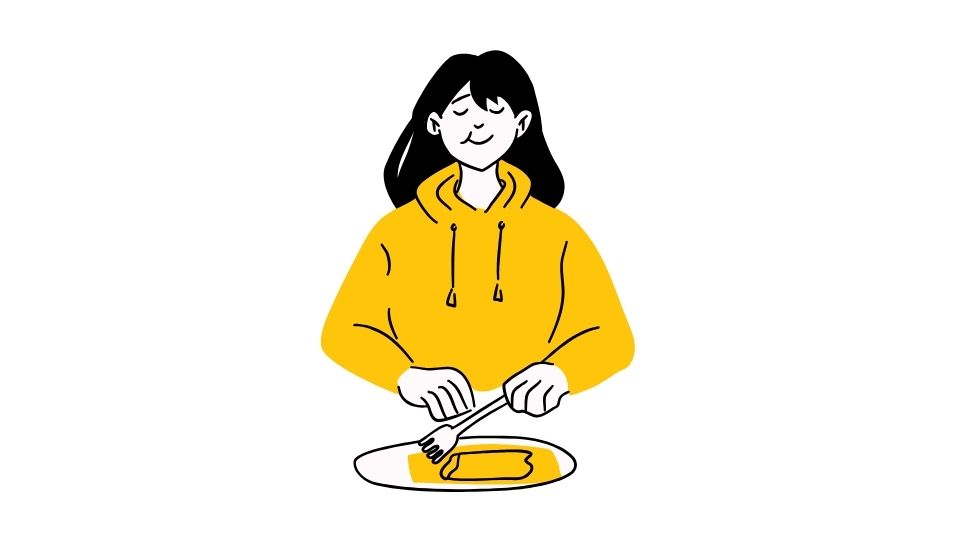
Cleaning vs. Sanitizing (They’re Not the Same Thing!)
Many people think cleaning and sanitizing are interchangeable terms. They’re not!
Cleaning removes visible dirt, food particles, and some germs.
Sanitizing kills remaining germs after cleaning.
It’s a two-step process:
- Clean with soap and water to remove food residue
- Sanitize with heat or chemicals to kill microscopic pathogens
For home kitchens, proper cleaning techniques include:
- Hot, soapy water for washing
- Clean water for rinsing
- Sanitizing solution (1 tablespoon bleach per gallon of water works)
- Air drying (dish towels can recontaminate clean surfaces)
When to Clean and Sanitize
The timing matters too:
- After each use (especially with raw meat, poultry, or seafood)
- Before switching food types (like going from meat to vegetables)
- After extended periods of non-use (dust and environmental bacteria accumulate)
- At least every 4 hours during continuous food preparation
Commercial kitchens often follow the “clean as you go” principle, and it’s a good habit for home cooks too.
The Dangers of Neglect
What happens when food contact surfaces aren’t properly maintained? Nothing good!
Cross-contamination occurs when harmful bacteria transfer from one food to another via a shared surface. The classic example is using the same cutting board for raw chicken and then salad without proper cleaning in between.
Research from the CDC shows that improper cleaning of food contact surfaces contributes to thousands of foodborne illness cases annually. Common culprits include:
- Salmonella (from raw eggs, poultry)
- E. coli (from raw meat, unwashed produce)
- Listeria (which can actually grow at refrigerator temperatures)
- Norovirus (highly contagious and can survive on surfaces for days)
Beyond bacterial concerns, chemical contamination can occur when:
- Cleaning chemicals aren’t properly rinsed
- Surfaces degrade and leach compounds into food
- Non-food-grade materials are mistakenly used
Special Considerations
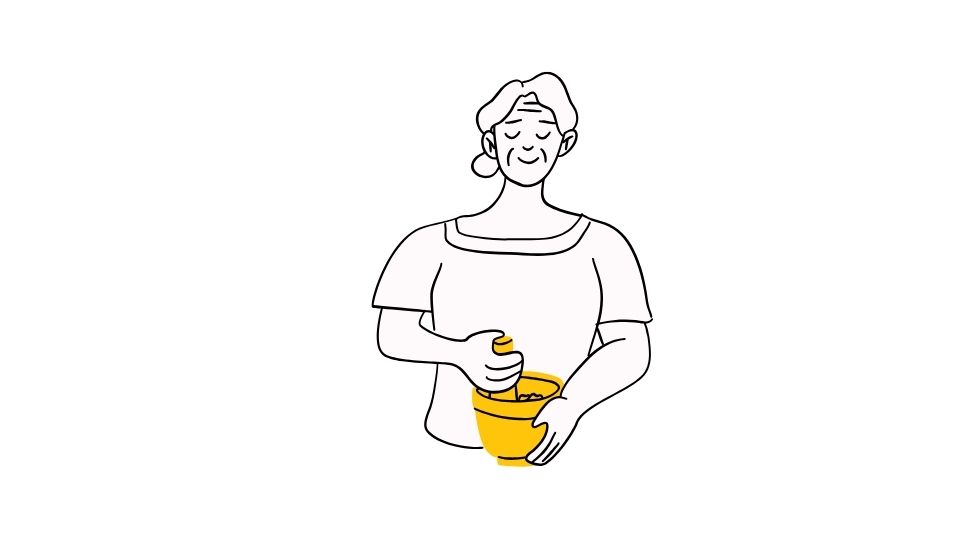
Cutting Boards: The Great Debate
The wood vs. plastic cutting board debate has raged for years.
Plastic boards are dishwasher-safe but develop knife scratches where bacteria can hide.
Wooden boards have natural antimicrobial properties but require hand washing and occasional oil treatment.
My take? Have both. Use plastic for raw meat (and run it through the dishwasher) and wood for everything else.
High-Risk Surfaces in Your Kitchen
Some food contact surfaces need extra attention:
- Sponges and dishcloths (replace or sanitize frequently)
- Can openers (often forgotten but touch food directly)
- Blender gaskets (hard to clean but trap moisture and food particles)
- Refrigerator drawers (spills happen and rarely get cleaned)
The Plastic Problem
We’ve known for years that certain plastics can leach chemicals into food, especially when heated. The most concerning include:
- BPA (an endocrine disruptor)
- Phthalates (linked to reproductive issues)
- PVC (contains numerous concerning additives)
That “BPA-free” label? Not as reassuring as it sounds. Manufacturers often replace BPA with BPS or BPF, which may have similar health concerns.
For safer plastic use:
- Avoid heating food in plastic (transfer to glass or ceramic for microwaving)
- Don’t put hot food in plastic containers
- Replace plastic items when they show wear or damage
- Consider glass or stainless steel alternatives where practical
In Summary
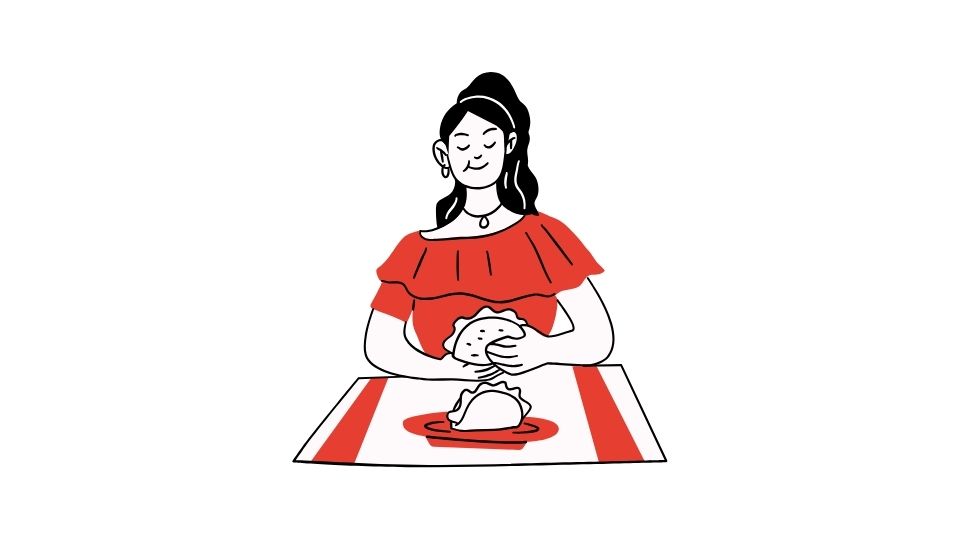
Food contact surfaces might not be the most exciting topic, but they’re a fundamental part of food safety. Whether you’re a professional chef or just making dinner at home, paying attention to what touches your food matters.
Remember:
- Choose appropriate food-safe materials
- Clean AND sanitize surfaces regularly
- Pay extra attention after handling high-risk foods like raw meat
- Replace worn items that can’t be properly cleaned
- Consider the temperature when choosing containers (hot food + plastic = not great)
By treating food contact surfaces with the respect they deserve, you’re taking a major step toward keeping yourself and your family safe from foodborne illness.
And if you’re serious about what goes into your body, why not track it? While you’re focusing on clean surfaces, you can also monitor your nutrition with MealByMeal – just text your meals and get nutrition tracking without the hassle.



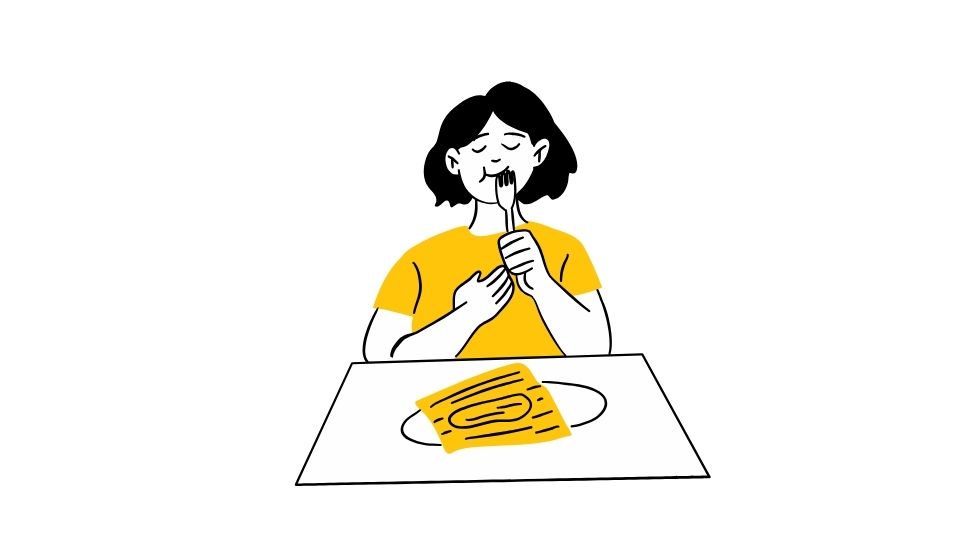
Leave a Reply